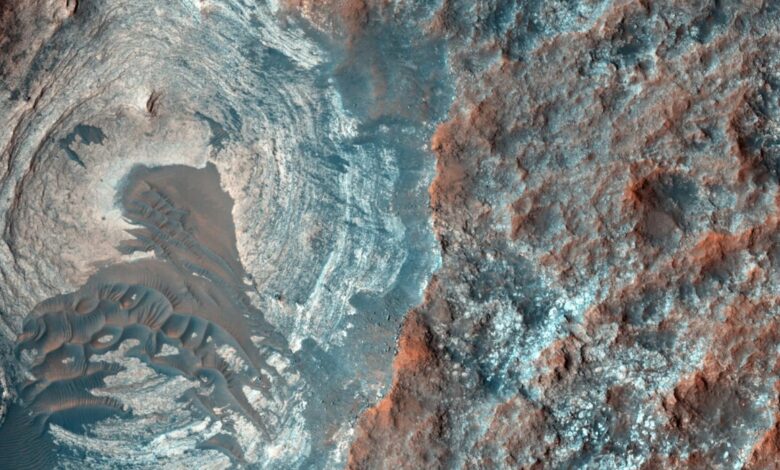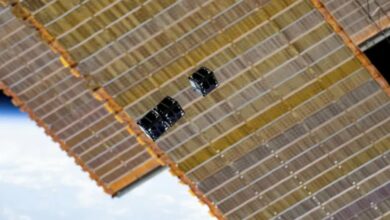AI is now redefining how we understand the core settings of the universe

Artificial intelligence (AI) is making waves that extend beyond digital assistants and deepfake technology. Astronomers are now using AI to achieve unprecedented precision in understanding the fundamental parameters of the universe. Researchers at the Flatiron Institute’s Center for Computational Astrophysics (CCA) in New York City have harnessed AI to calculate five cosmological parameters that characterize the universe, advancing our understanding of its structure and evolution.
The settings of the universe reveal
The five cosmological parameters in question are crucial because they essentially define the “settings” of the universe and how it works on the largest scales. Liam Parker, an astronomer at CCA and a co-author of the study, explained that these parameters are like the operating instructions of the universe. To determine these parameters with exceptional accuracy, research team used AI to analyze data from more than 100,000 galaxies observed as part of the Sloan Digital Sky Survey (SDSS). This survey is instrumental in cosmology because it helps map the universe by examining how galaxies are distributed throughout space.
Maximizing data efficiency
Using AI allowed the team to extract detailed insights from the SDSS data, a task previously hampered by the sheer volume of information and the limitations of traditional analysis methods. Co-author Shirley Ho, another astronomer at CCA, emphasized the enormous costs associated with such studies, which can run into the billions of dollars. With AI, the team has been able to push the boundaries of what these studies can reveal, offering a more cost-effective way to extract valuable knowledge from complex data.
Training AI for precision
The process involved training the AI model on 2,000 simulated universes, each with different cosmological settings. This training set included real-world challenges such as atmospheric distortion and imperfect telescope images to ensure the accuracy of the AI. After training, the AI was applied to real data from the SDSS Baryon Oscillation Spectroscopic Survey. The results were impressive: the AI reduced the uncertainty in measuring the “lumpiness” of the universe by more than half compared to traditional methods. This performance is comparable to performing traditional analyses with four times as much data, significantly improving data efficiency.
Impact on cosmic mysteries
The advancement of AI in cosmology is not just about refining existing methods, but also about tackling important cosmic questions. One such mystery is the Hubble tension, which refers to discrepancies between different estimates of the Hubble constant, a measure of the expansion rate of the universe. The improved precision that AI offers could be crucial in resolving this tension and increasing our understanding of the universe.
As new surveys like the European Euclid survey come online, the AI-driven techniques developed by the CCA team will play a key role in extracting maximum value from these new datasets. The ability to efficiently analyze and interpret vast amounts of cosmic data represents a major step forward in our quest to understand the fundamental parameters of the universe.




